PLoS ONE:发现控制酒精成瘾的蛋白14-3-3ζ
2012-05-24 Deepblue 生物谷
杏仁核,附着在海马的末端,呈杏仁状,是边缘系统的一部分,是产生情绪,识别情绪和调节情绪,控制学习和记忆的脑部组织。近日,来自荷兰乌特勒支大学医学中心的研究人员发现,杏仁核里的一种蛋白质14-3-3ζ能够调节酒精的摄入量,因此靶向该蛋白也许能够成为治疗酒精成瘾的新策略。相关研究成果于5月22日在线发表在PLoS ONE上。 酒精在人体内的分解代谢主要靠两种酶:一种是乙醇脱氢酶,另一种是乙醛脱氢酶。

杏仁核,附着在海马的末端,呈杏仁状,是边缘系统的一部分,是产生情绪,识别情绪和调节情绪,控制学习和记忆的脑部组织。近日,来自荷兰乌特勒支大学医学中心的研究人员发现,杏仁核里的一种蛋白质14-3-3ζ能够调节酒精的摄入量,因此靶向该蛋白也许能够成为治疗酒精成瘾的新策略。相关研究成果于5月22日在线发表在PLoS ONE上。
酒精在人体内的分解代谢主要靠两种酶:一种是乙醇脱氢酶,另一种是乙醛脱氢酶。乙醇脱氢酶能把酒精分子中的两个氢原子脱掉,使乙醇分解变成乙醛。而乙醛脱氢酶则能把乙醛中的两个氢原子脱掉,使乙醛被分解为二氧化碳和水。人体内若是具备这两种酶,就能较快地分解酒精,中枢神经就较少受到酒精的作用,因而即使喝了一定量的酒后,也行若无事。在一般人体中,都存在乙醇脱氢酶,而且数量基本是相等的。但缺少乙醛脱氢酶的人就比较多。这种乙醛脱氢酶的缺少,使酒精不能被完全分解为水和二氧化碳,而是以乙醛继续留在体内,使人喝酒后产生恶心欲吐、昏迷不适等醉酒症状。
研究发现,酗酒是由于那些涉及情绪、动机以及决策的神经回路对酒精表现出的反应发生变化所造成的。所以,杏仁核被认为是与酒精成瘾有关的一个关键性的神经结构。然而到目前为止,对酒精成瘾的控制机制还所知甚少。
之前的研究表明,以一个限制选择摄入酒量的模式,C57BL/6J小鼠逐渐增加了它们的酒精摄取量,并表现出酒精成瘾的行为特征,而且它们对掺入奎宁的酒精不敏感。在这项研究里,研究人员利用这种模式,研究了在逐步增加酒精摄入量期间,C57BL/6J小鼠杏仁核内基因表达的变化。微阵列分析表明,这些基因表达的变化主要发生在开始增加酒精摄入量的一周以后。结果表明,在过渡到高酒精摄入量期间,一种衔接蛋白14-3-3ζ的表达显著上调。而独立的qPCR分析确认了该结果。进一步研究发现,利用RNA干扰技术敲除杏仁核内14-3-3ζ后,反而能够扩大酒精摄入量。除此以外,敲除杏仁核14-3-3ζ还能促进小鼠发展更为顽固的酒精成瘾,并对奎龄掺入的酒精的极不敏感。
为此,研究人员Heidi M. B. Lesscher表示,该研究表明了14-3-3ζ是调节酒精摄入量的关键调节因子,这也为发展控制酒精成瘾的策略提供了新的希望。(生物谷Deepblue编译)

doi: 10.1371/journal.pone.0037999
PMC:
PMID:
Amygdala 14-3-3ζ as a Novel Modulator of Escalating Alcohol Intake in Mice
Heidi M. B. Lesscher*, Julia M. Houthuijzen, Marian J. Groot Koerkamp, Frank C. P. Holstege, Louk J. M. J. Vanderschuren.
Alcoholism is a devastating brain disorder that affects millions of people worldwide. The development of alcoholism is caused by alcohol-induced maladaptive changes in neural circuits involved in emotions, motivation, and decision-making. Because of its involvement in these processes, the amygdala is thought to be a key neural structure involved in alcohol addiction.However, the molecular mechanisms that govern the development of alcoholism are incompletely understood. We have previously shown that in a limited access choice paradigm, C57BL/6J mice progressively escalate their alcohol intake and display important behavioral characteristic of alcohol addiction, in that they become insensitive to quinine-induced adulteration of alcohol.This study used the limited access choice paradigm to study gene expression changes in the amygdala during the escalation to high alcohol consumption in C57BL/6J mice. Microarray analysis revealed that changes in gene expression occurred predominantly after one week, i.e. during the initial escalation of alcohol intake.
One gene that stood out from our analysis was the adapter protein 14-3-3ζ, which was up-regulated during the transition from low to high alcohol intake. Independent qPCR analysis confirmed the up-regulation of amygdala 14-3-3ζ during the escalation of alcohol intake. Subsequently, we found that local knockdown of 14-3-3ζ in the amygdala, using RNA interference, dramatically augmented alcohol intake. In addition, knockdown of amygdala 14-3-3ζ promoted the development of inflexible alcohol drinking, as apparent from insensitivity to quinine adulteration of alcohol. This study identifies amygdala 14-3-3ζ as a novel key modulator that is engaged during escalation of alcohol use.
本网站所有内容来源注明为“梅斯医学”或“MedSci原创”的文字、图片和音视频资料,版权均属于梅斯医学所有。非经授权,任何媒体、网站或个人不得转载,授权转载时须注明来源为“梅斯医学”。其它来源的文章系转载文章,或“梅斯号”自媒体发布的文章,仅系出于传递更多信息之目的,本站仅负责审核内容合规,其内容不代表本站立场,本站不负责内容的准确性和版权。如果存在侵权、或不希望被转载的媒体或个人可与我们联系,我们将立即进行删除处理。
在此留言
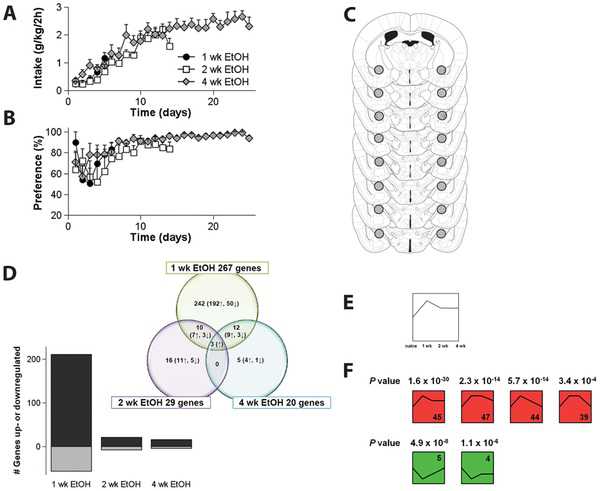




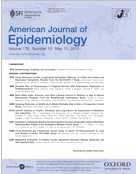
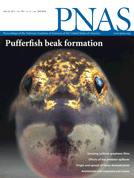

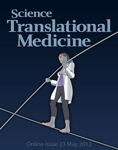
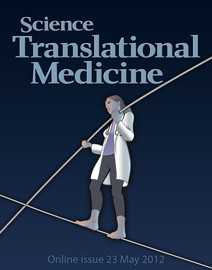




#Plos one#
51
#酒精成瘾#
70